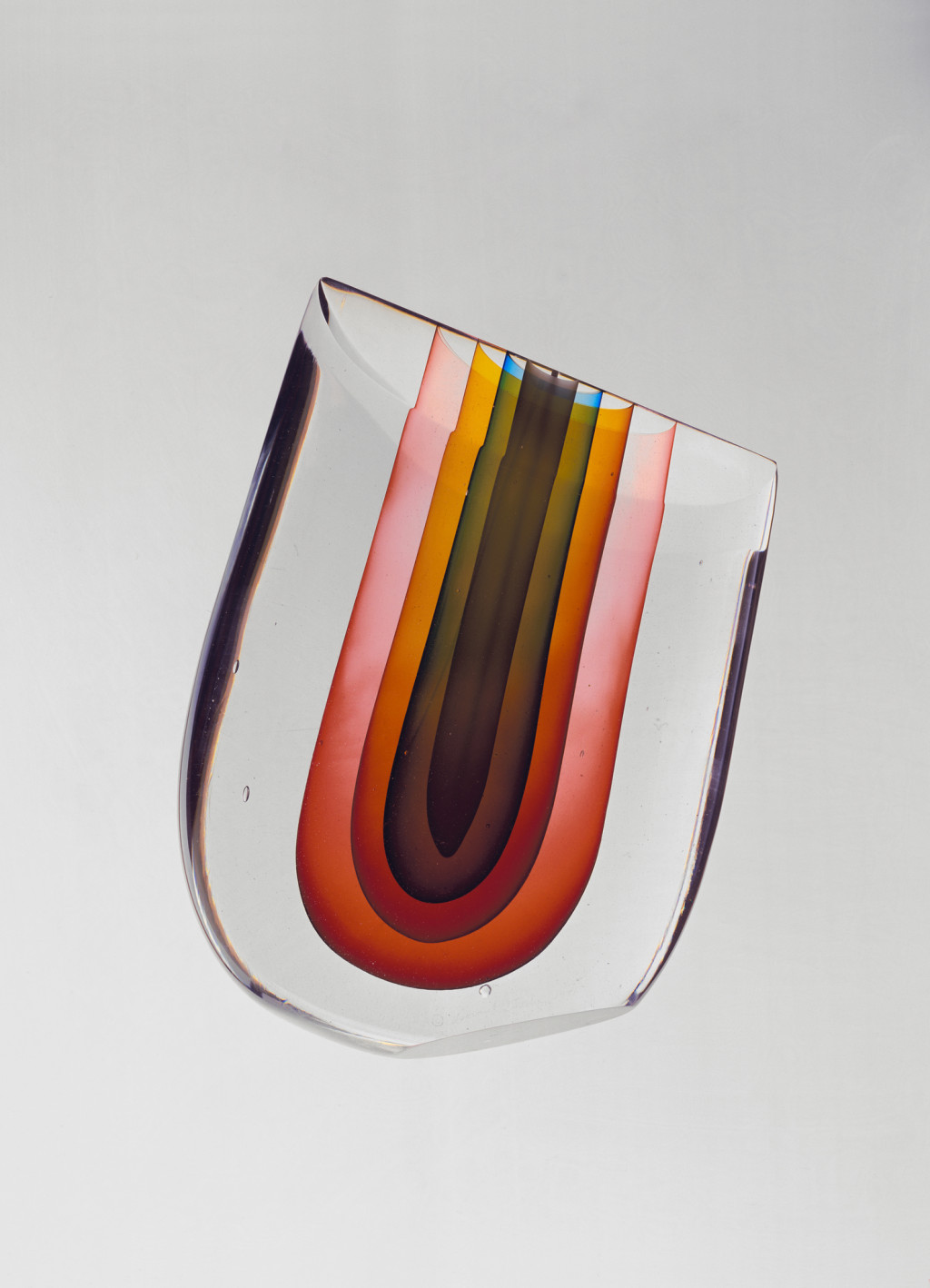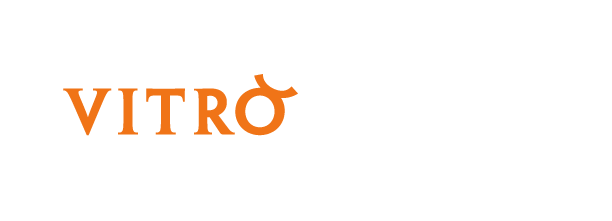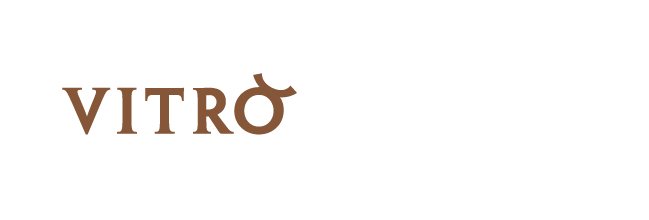International Conference. Concepts and Aesthetics: New Tendencies in Glass Art (20th–21st centuries)
Organizers: Vitrocentre and Vitromusée Romont, Fondazione Giorgio Cini, Le Stanze del Vetro
Keynote Speaker: Baldwin & Guggisberg (Hares Green, Wales)
We are pleased to announce the international conference dedicated to modern and contemporary glass art that has experienced a multifaceted development from the revival of Venice’s traditional glass techniques at the beginning of the 20th century to the Studio Glass Movement and New Glass from the 1960s to the present.
The conference is jointly organized by the Vitrocentre and Vitromusée Romont, the Institute of Art History of the Fondazione Giorgio Cini and Le Stanze del Vetro. It will take place in conjunction with the exhibition “Iconic Pieces. Verres emblématiques de Venise” co-organized by the above-mentioned institutions and shown at Vitromusée Romont from 23 September 2023 to 28 January 2024.
The art of glassmaking on the island of Murano experienced a revival from the end of the 19th century with its various hot and cold techniques and important glass manufactories such as Barovier & Toso, Seguso Vetri d’Arte or Venini & C. 20th and 21st Glass art is characterised by a new sense of tradition and continuity, but also by ruptures. Since the Studio Glass Movement in the 1960s, pioneered by Harvey Littleton (1922–2013) in the USA and Erwin Eisch (1927–2022) in Zwiesel (Germany), international glass artists have been able to break with the conventional understanding of glass as a material in terms of design, aesthetics and function. While the artistically designed glass objects of early Studio Glass artists often still had functions of everyday use or were figurative/abstract sculptures, the international glass art scene today is characterised by greater material, medial and technical diversity. Today, glass art shows different facets: such as illusionistic design possibilities, the combination with other materials and media – such as wood, metal, iron, photography and film – or the creation of spatial installations. However, glass art has not only undergone an aesthetic but also a functional change and is also used as a means of questioning current topics and development such as globalisation, climate change, sustainability or socio-political crisis.
This conference is dedicated to questions related to major centres of glass art such as Venice, Scandinavia or the USA, as well as more peripheral places of production in order to examine the modern and contemporary glass as a global phenomenon.
Information and registration
Participation free of charge, registration is required by September 15, 2023 at [email protected]
Vitromusée Romont, 22 September 2023






